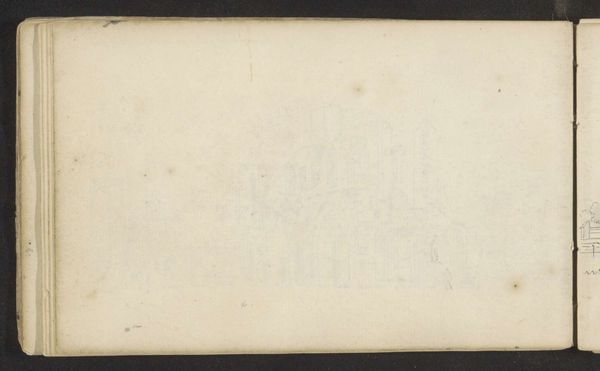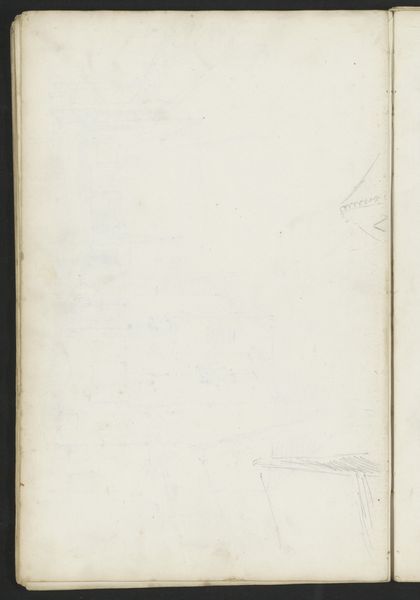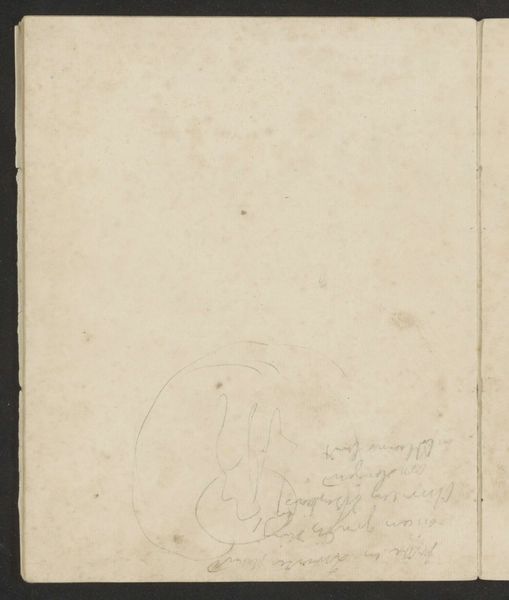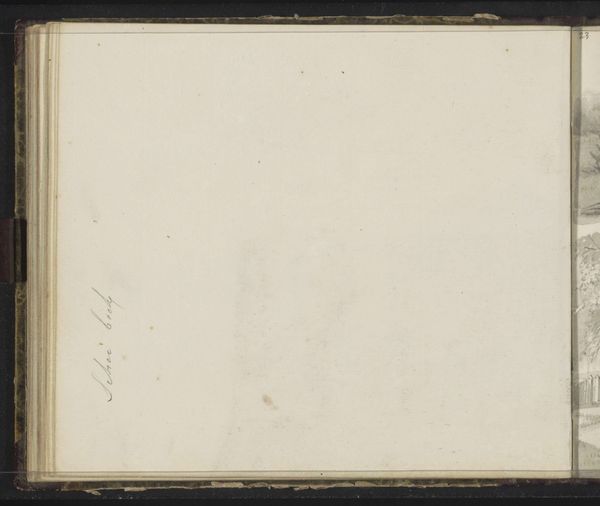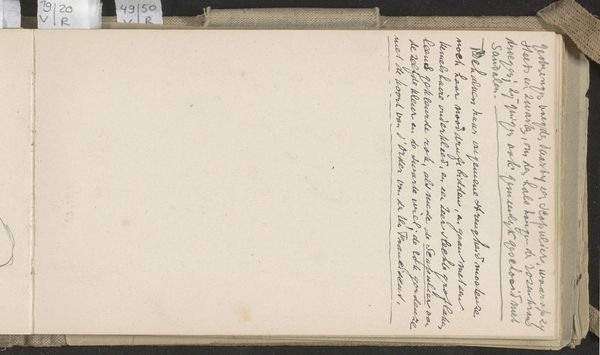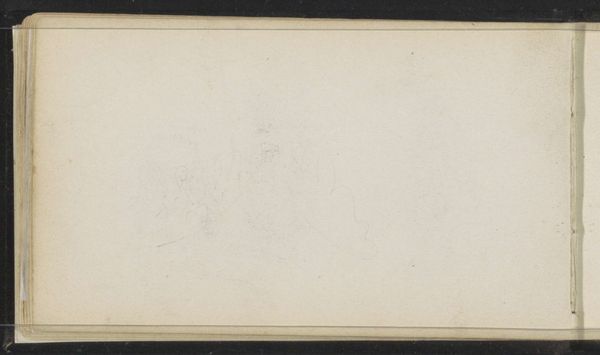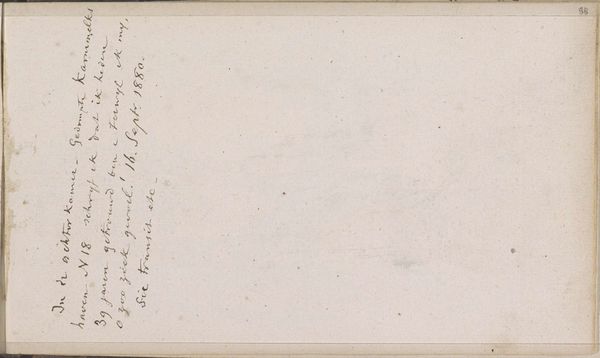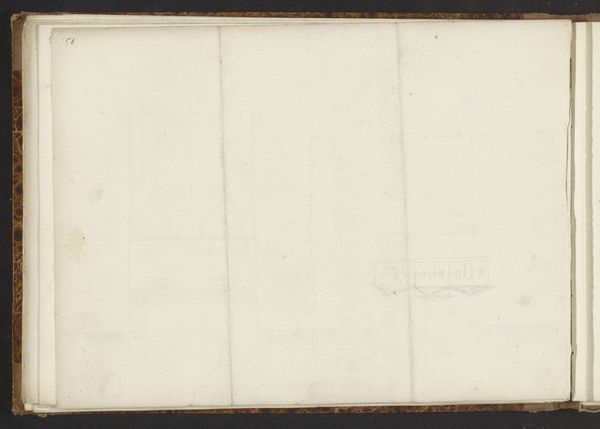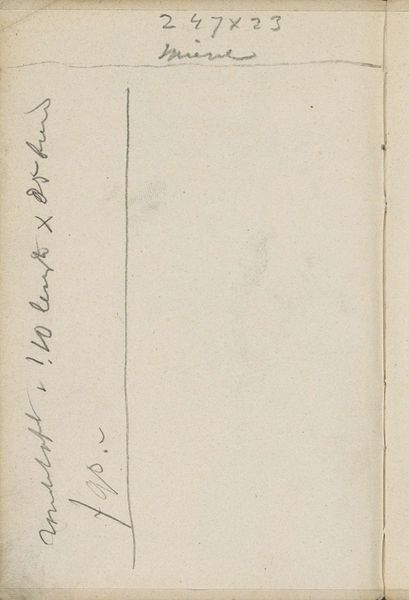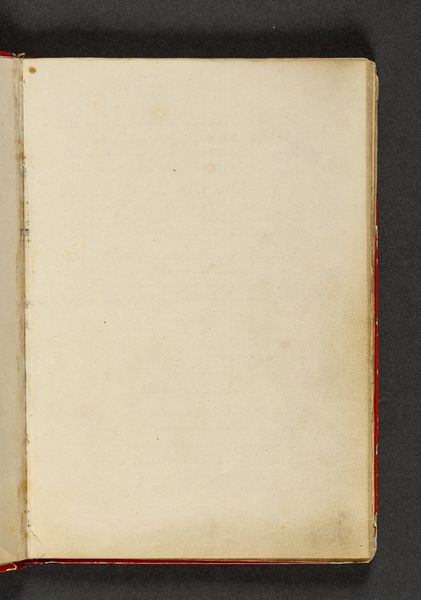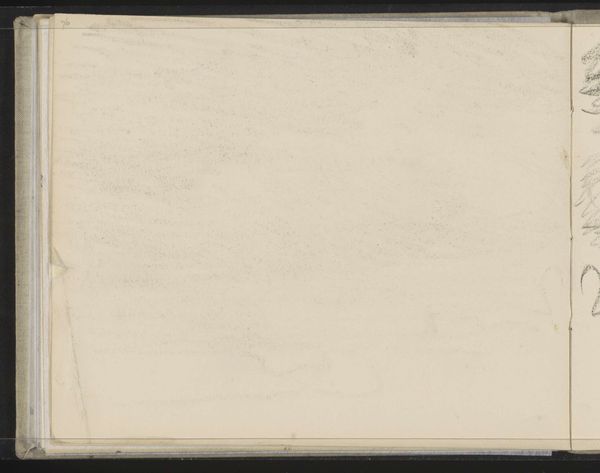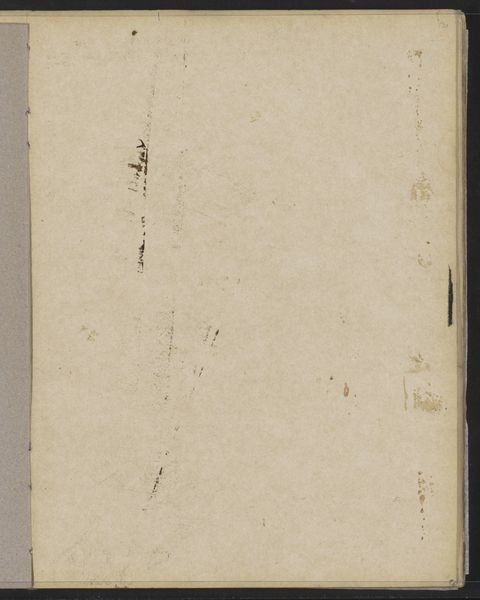
drawing, paper, watercolor
#
drawing
#
water colours
#
landscape
#
paper
#
watercolor
#
watercolor
Copyright: Rijks Museum: Open Domain
Editor: This is "Raam, mogelijk een lamp en annotaties," or "Window, Possibly a Lamp and Annotations," by Cornelis Springer, made around 1869-1871. It's a watercolor and pencil drawing on paper. It feels incredibly intimate, like peeking into the artist's personal sketchbook. What catches your eye in this piece? Curator: I’m drawn to the palimpsestic quality. It’s more than just a study; it's a record of the artist's process, almost like a visual stream of consciousness. We see the window, potentially a lamp, but more importantly, the annotations surrounding these sketches. Considering Springer’s known for his cityscapes, these aren’t just random scribbles; they are traces of a critical negotiation of space, light, and functionality, reflective of the rapid urbanization happening at the time. What does this imply about the intended purpose, and how can we read these scribbles beyond annotations? Editor: That's fascinating. I hadn't considered the urban context. The notes now seem like a dialogue Springer's having with the space he's observing, almost fighting against the architectural constraints to make the drawing meaningful. Is he perhaps wrestling with ideas of industrialization versus the human element? Curator: Precisely! Think about the rise of gas lamps during this period, illuminating public spaces but also altering the rhythm of life and redefining visibility. This drawing encapsulates that tension, reflecting how urbanization changes how we engage with even the simplest things around us, like a window or a lamp. These sketches could well be about who is privileged by that access to visibility, and who remains hidden in shadow. What kind of dialogue emerges when we center marginalized experiences and how can that help rewrite the narratives surrounding these so called everyday artifacts? Editor: That gives me a lot to consider about everyday experience! Seeing this as a kind of urban resistance changes everything for me. Curator: It's not simply an artwork; it’s a testament to the silent revolution unfolding during this period, prompting questions about urbanization, social exclusion and resistance and highlighting individual negotiations with a quickly changing world. A valuable entry point to think about the agency involved in seemingly banal things such as windows, light, or paper.
Comments
No comments
Be the first to comment and join the conversation on the ultimate creative platform.


